Law & Politics
Tennis Legend Billie Jean King Is Leading a Rally to Protest the American Museum of Natural History’s Expansion
The legal challenge against the museum expansion is currently in the appeal process.
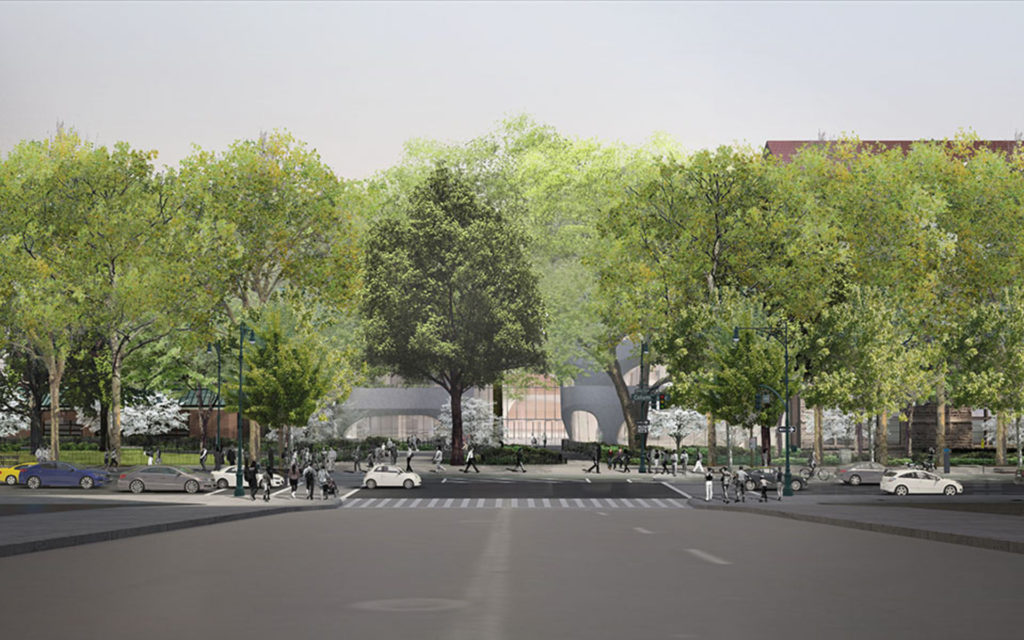
The legal challenge against the museum expansion is currently in the appeal process.

Sarah Cascone

The battle continues at New York’s American Museum of Natural History over the institution’s planned expansion, which would take over an additional quarter acre of the 17.58-acre park on which it sits to build the new Richard Gilder Center for Science, Education and Innovation. Now, in the latest effort to fight the project, the Community United to Protect Theodore Roosevelt Park has enlisted none other than tennis star Billie Jean King to lead an anti-expansion rally on site.
“Preserving our public parks, especially here in New York, is vitally important. We need the city government to abide by the promise—reflected on the placards at the entrances of the park—that this is a shared recreational space to be available to both the general public and museum visitors,” King said in a statement.
The Studio Gang-designed project carries a $383 million price tag and has been in the works since December 2014. With attendance growing from three million annually in the 1990s to five million a year in the 2010s, the AMNH sees the new center as essential to its future. The planned 190,000-square-foot building is meant to improve visitor circulation through the museum’s multi-building campus, and to bolster its work in science education.
The museum’s initial design was revised in 2016 in response to community input and concern over lost trees. Only seven trees will be removed under the current plan, and 22 new trees will be planted. Much of the footprint of the new building is made up of three museum buildings that are not currently open to the public. Other areas largely consist of paved surfaces and benches that will be relocated to other areas of the park, with plans to add an additional 15 benches.
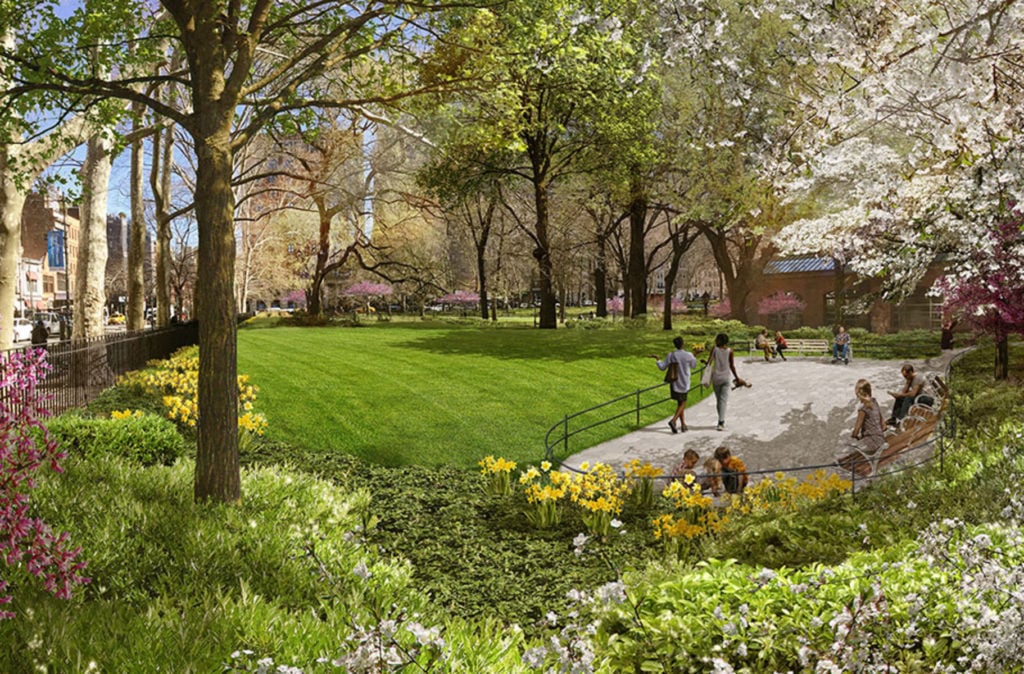
View of the Margaret Mead Garden in Teddy Roosevelt Park at the American Museum of Natural History. Image courtesy of Studio Gang Architects, 2018.
The initial hope was to complete the project this year, in time for the museum’s 150th anniversary, but construction has been halted as the courts review Community United’s legal challenge. The group filed a lawsuit against the museum in April, but a judge dismissed the case in December, finding that the institution’s 1876 charter with the park allowed for construction.
Community United’s lawyer Michael Hiller, a land-use attorney, disagrees, arguing that construction on the park—public land—requires an administrative process known as the Uniform Land Use Review Procedure, or ULURP, which was established in 1975.
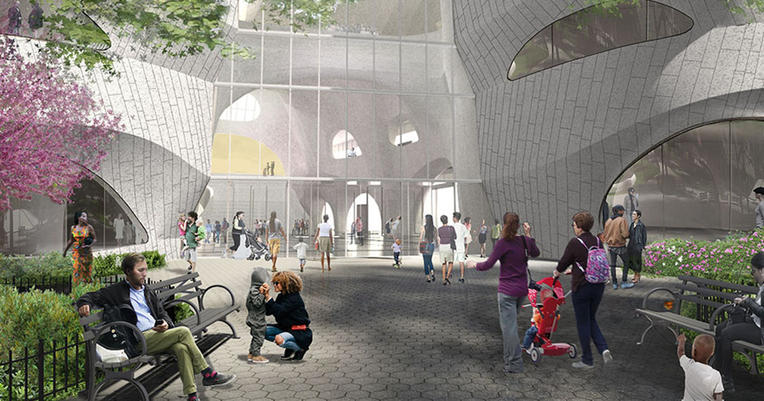
Entrance to the new Gilder Center at the American Museum of Natural History. Image courtesy of Studio Gang Architects, 2018.
“ULURP was enacted for circumstances just like this one,” he told artnet News. “Instead of abiding by the law, the city made a special exception for a powerful moneyed institution—the AMNH—which hired an army of lobbyists to obtain permission to build an addition that New Yorkers do not support and do not want.”
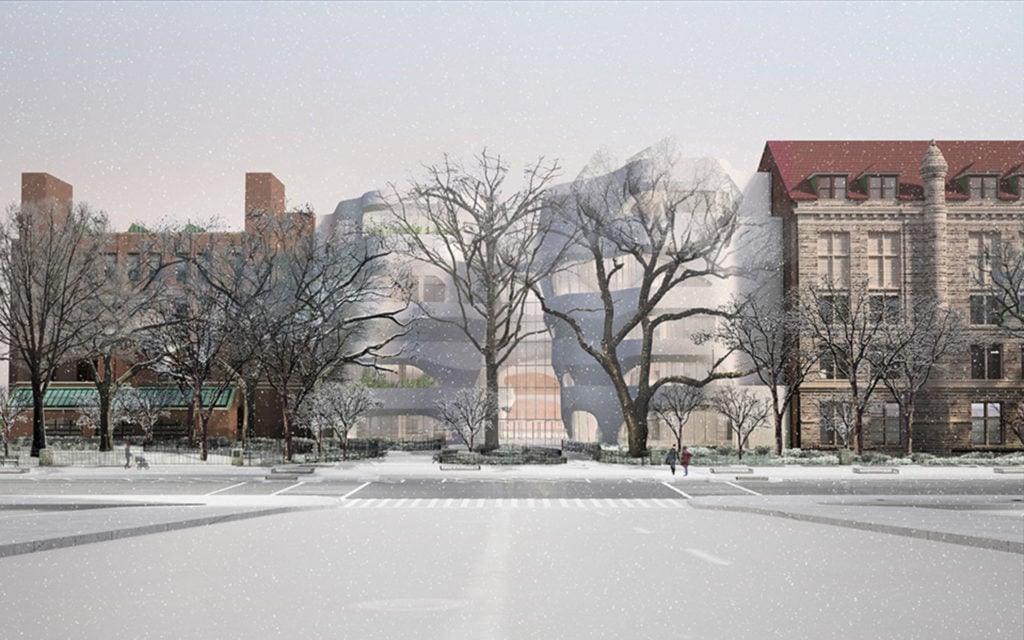
Rendering of leafless winter trees and older buildings flanking the new Gilder Center at the American Museum of Natural History. Image courtesy of Studio Gang Architects, 2018.
The museum admits that the community was initially wary about the planned construction, but believes it has won over the vast majority of the neighborhood. “The inherent value of this project is reflected in the broad public support it has received from numerous elected officials, neighborhood groups, and advocacy organizations,” the museum said in a statement.
The institution also maintains it has never been subject to the particular land use procedure process cited by Community United. “The Gilder Center has followed the same extensive public review process as past museum construction projects, and it has received approvals from numerous governmental agencies,” the statement claimed.
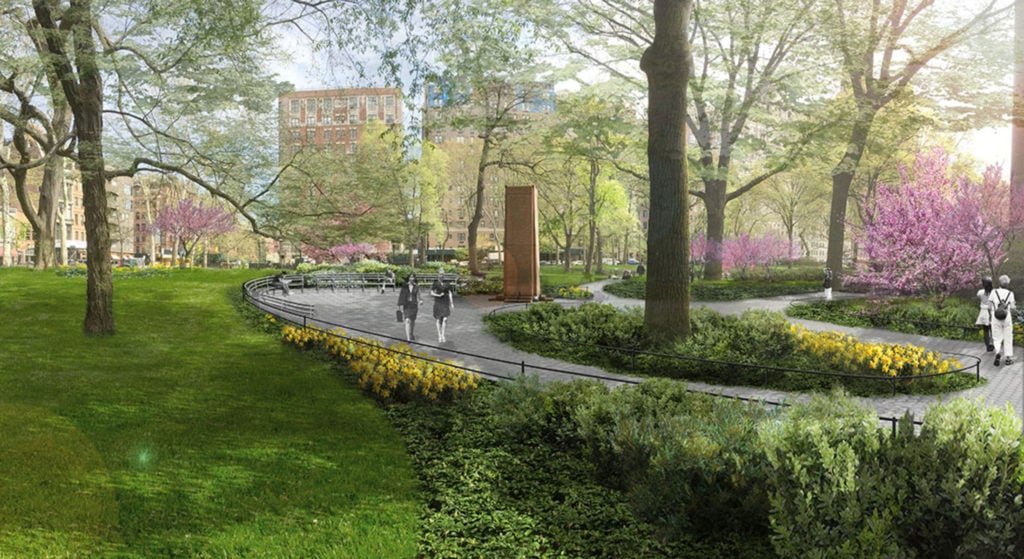
View of the Nobel Plaza in Teddy Roosevelt Park at the American Museum of Natural History. Image courtesy of Studio Gang Architects, 2018.
Hiller disagrees. “That’s just not true,” he said. “Our case is the first time in history of the city that land is being given away without compliance with ULURP or state legislative approval.”
Now, both sides are gearing up for a renewed fight in the appellate court, with neither party willing to back down.
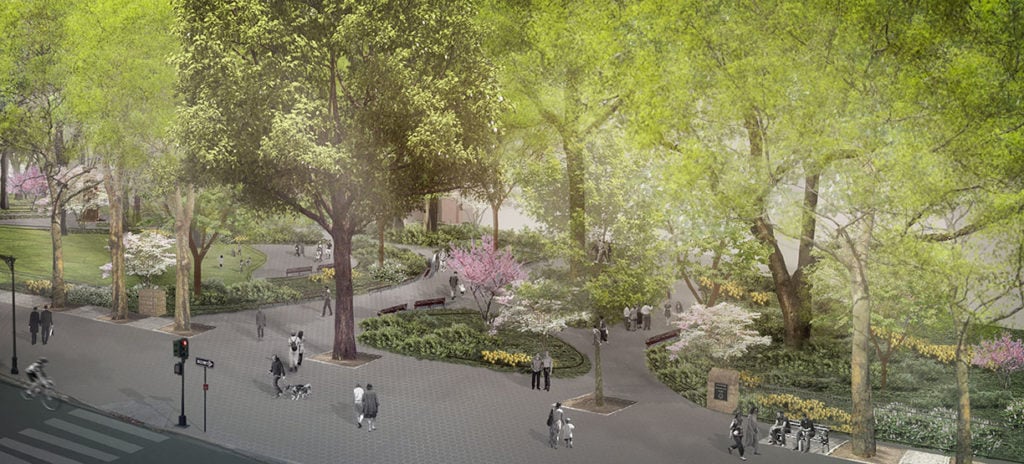
Aerial view of Teddy Roosevelt Park at the American Museum of Natural History. Image courtesy of Studio Gang Architects, 2018.
“Public park land is precious and sacrosanct,” William Raudenbush, chairman of Community United, told artnet News. “We think that they can accomplish the same programming goals on their existing footprint, as their own architect admitted that they could.”
The rally will be held on Saturday, February 2, at 11:30 a.m. at the steps of the American Museum of Natural History.